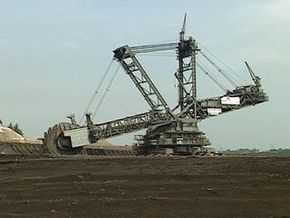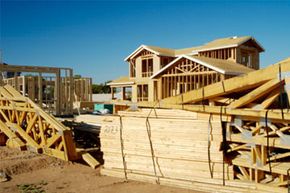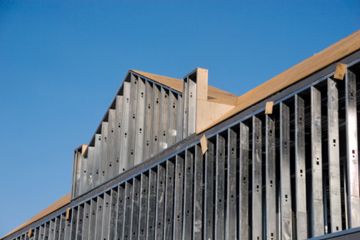I am the Grouch Marx of home improvement, the fourth Stooge who doesn't know tile from linoleum, dry wall from plaster. When a contractor knocks on my door, their eyes flash lighted dollar signs, just like in a Bugs Bunny cartoon.
OK, I'm exaggerating a bit. I just fixed the outside faucet (sort of) and there's no stopping me when it comes to using my 24-inch (61-centimeter) chain saw (let's not talk about the two chains I broke in the same day). But, oh, how cool it would be to run an excavator or a bulldozer. If you want to get me something for Christmas, just put a Bobcat with all its attachments under the tree. Awesome!
Advertisement
There's been a lot of construction work going on at my house lately. First, the chimney guys came. Then the roofers, then my contractors, Jim and Francine, made my garage look like a New England barn with 21st-century siding. Today's project: land clearing and driveway re-grading.
Unfortunately, I cannot participate in these activities -- except to write the checks -- for I am all thumbs (if I'm not trying to cut one off), an OSHA official's nightmare. Don't believe me? A few years ago, I tried to fix a vacuum cleaner, only to end up with a screw driver in the eye. Yeah, it hurt!
Perhaps that is why I look on those in the construction industry with reverence. To me, they're not cigar-chomping, blue-collar Joes or Janes, but artists. For a couple of weeks now, I've watched from my writer's garret as my landscape architect, Brian, transformed my property into a work of art. He's taken a rock-strewn, heavily wooded piece of land and sculpted it like Michelangelo. He's doing the driveway as we speak.
Brian and others in the construction industry are vital to the world economy, contributing one-tenth to the world's Gross Domestic Product. In fact, construction workers make up nearly 7 percent of the world's workforce [source: Economy Watch]. Some work in residential construction. Others work on the industrial side. What's the difference? Go to the next page and find out.
Advertisement




